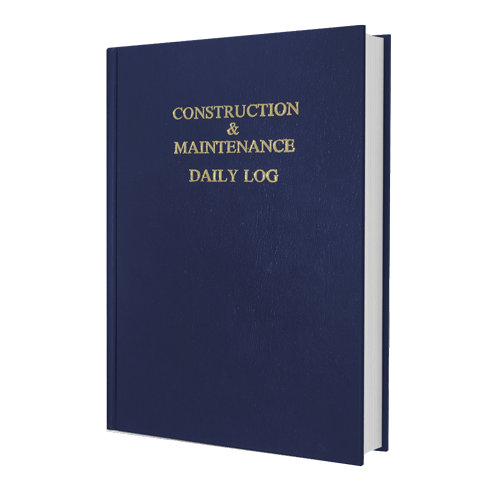At least six people were thought to be dead from the partial collapse of a 1.1-million-sq-ft Amazon.com distribution center in Edwardsville, Ill., caused by an Enhanced Fujita Scale-3 tornado that hit Dec. 10, part of a storm system that swept through five states. Eight others were also confirmed dead from the collapse of a candle factory in Mayfield, Ky., in what is believed to have been an EF-4 twister. Both businesses had workers inside when the tornadoes hit.
On Dec. 11, President Biden declared Kentucky a major disaster zone. He did the same for Illinois on Dec. 13.
Walls on at least two sides of the Amazon warehouse collapsed inward, and a football-field-long roof caved in causing most of the six deaths, Edwardsville Fire Chief James Whiteford said in a televised news conference Dec. 11, adding later that his department's mission had switched from rescue to recovery.
"These walls are made out of 11-in.-thick concrete, and they’re about 40-ft-tall, so a lot of weight from that came down," Whiteford said.
Amazon's warehouses, which have interior steel supports, are commonly made out of tilt-up or precast concrete wall panels, such as the 40-ft-tall ones described by Whiteford. The roofing is a 60 mil mechanically attached membrane. Amazon facilities vary in size from 500,000 sq ft to more than 1 million sq ft.
The facility that collapsed in Edwardsville was completed in July 2020. The damage to the building was so extensive that the steel structure was exposed after the walls and roof caved in.
The candle factory destroyed by the storm is owned by Mayfield Consumer Products, a company that makes waxes and fragrances, in addition to candles. Eight of 110 employees working when the storm hit have been confirmed dead. Another eight are missing, a company spokesperson said Dec. 12.
Larger Footprints, Larger Targets
Buildings with larger footprints are more vulnerable to tornado damage because they are larger targets, says Marc L. Levitan, lead research engineer in the National Windstorm Impact Reduction Program of the National Institute of Standards & Technology. "Tornado risk is a function of the facility's plan area," he says.
Historically, buildings have not been designed to resist tornadic wind loads. That is changing.
The American Society of Civil Engineers Structural Engineering Institute's 2022 edition of ASCE/SEI 7-22: Minimum Design Loads & Associated Criteria for Buildings & Other Structures includes, for the first time, a chapter on tornado-resistant design for buildings in risk categories III and IV. The provisions, which offer minimum design loads, apply to places of public assembly and public use, such as shopping centers, and to critical and essential facilities. They do not apply to houses and most commercial buildings.
The expectation is that ASCE/SEI 7-22, published Dec. 1, will be adopted into the 2024 model International Building Code.
Under the Chapter 32 tornado provisions, to determine tornado loads, engineers must first measure the effective area of the building, which often goes beyond its actual footprint if it is not a rectilinear shape. They then use hazard maps to determine the specific vulnerability to tornadoes of the building's location, says Levitan, who chaired the ASCE/SEI 7-22 task committee on tornado loads.
Mayfield Hit Hard
Mayfield, a community of 10,017 in Graves County, Ky., was hit particularly hard. The entire downtown area appeared damaged or flattened. The National Weather Service said current data suggests an EF-4 tornado hit the town.
Tornadoes and unusually severe weather resulted in the destruction of buildings throughout Kentucky, Illinois, Tennessee, Missouri and Arkansas. The powerful storm system killed at least 80 people. One tornado may have traveled more than 200 miles from the evening of Dec. 10 into the early morning of Dec. 11.
As of Dec. 13, Beshear said 64 Kentuckians were confirmed dead with another 105 unaccounted.
"I know we’ve lost more than 80 Kentuckians. That number is going to exceed more than 100. This is the deadliest tornado event we’ve ever had," Gov. Andy Beshear (D) said Dec. 13.








